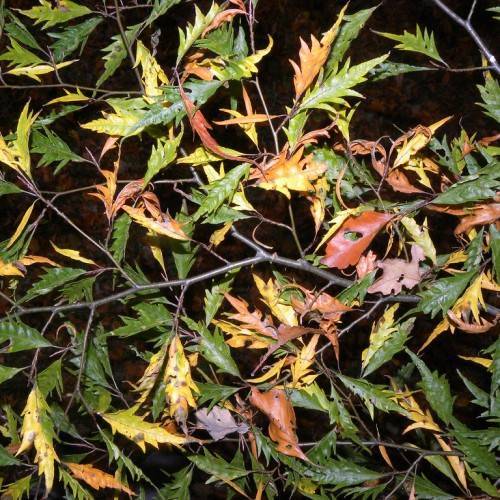
European beech
Fagus sylvatica var. heterophylla 'Aspleniifolia'
Also Known As - Golden Fastigiate Beech,European BeechCycle:
Perennial
Watering:
Average
Hardiness Zone:
6
Flowers:
Flowers In Spring
Sun:
full sun,part sun/part shade
Soil:
Well-drained
Fruits:
Fruits In Autumn Ready In Fall
Leaf:
Yes
Growth Rate:
Moderate
Maintenance:
Low
Care Level:
Moderate
watering
European beech (Fagus sylvatica var. heterophylla 'Aspleniifolia') requires moderate but consistent watering. It should be watered on a regular basis, once a week or when the top 2-3 inches of soil feels dry to the touch. During hot summer days, increase the frequency of watering to twice a week, and be sure to water deeply. Overwatering a European beech can lead to root rot and other issues, so be sure not to overwater.
sunlight
European beech (Fagus sylvatica var. heterophylla 'Aspleniifolia') grows best with full to partial sunlight throughout the day. Depending on the climate, this variety of beech will need at least 3 to 5 hours of direct sunlight per day. However, beech tree species can also tolerate light shade, so if your space does not have that much direct sunlight, you can still successfully grow European beech with access to some bright light for 5 or more hours per day. To promote strong growth, it is best to place the beech in the sunniest part of the garden possible.
pruning
European Beech should be pruned in late winter, when the plant is dormant. Prune lightly, removing dead branches and thinning out excess growth. Make sure to thin out any stems which cross or rub against each other, or are congested. Beech trees respond well to being pruned, so you can remove up to 30% of the branches to allow more light inside the canopy. Pruning should be done over a few years to ensure the tree remains healthy, only removing deadwood and no more than 30% of the live material each year.
